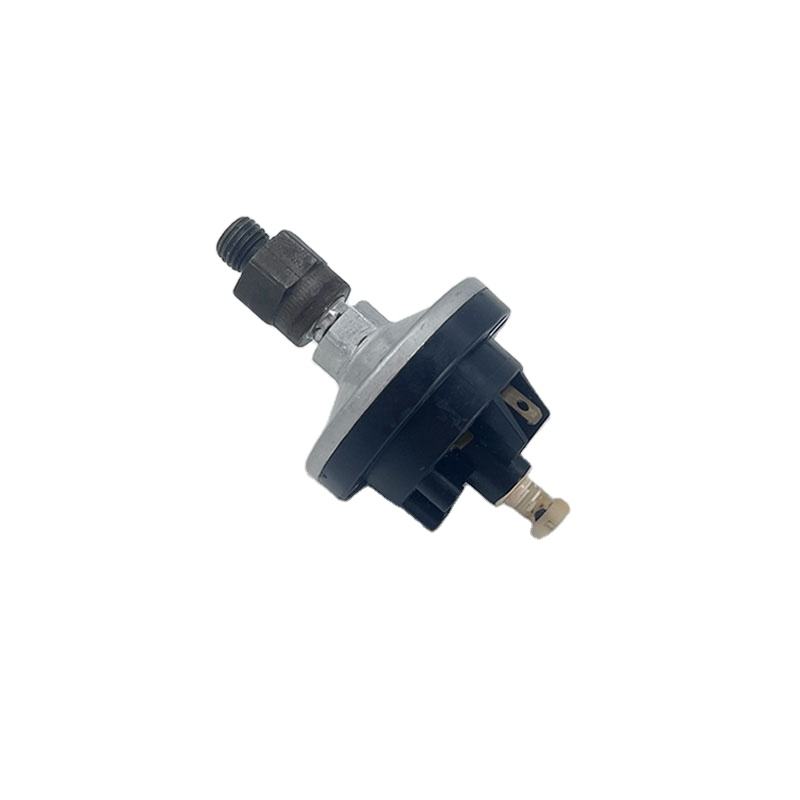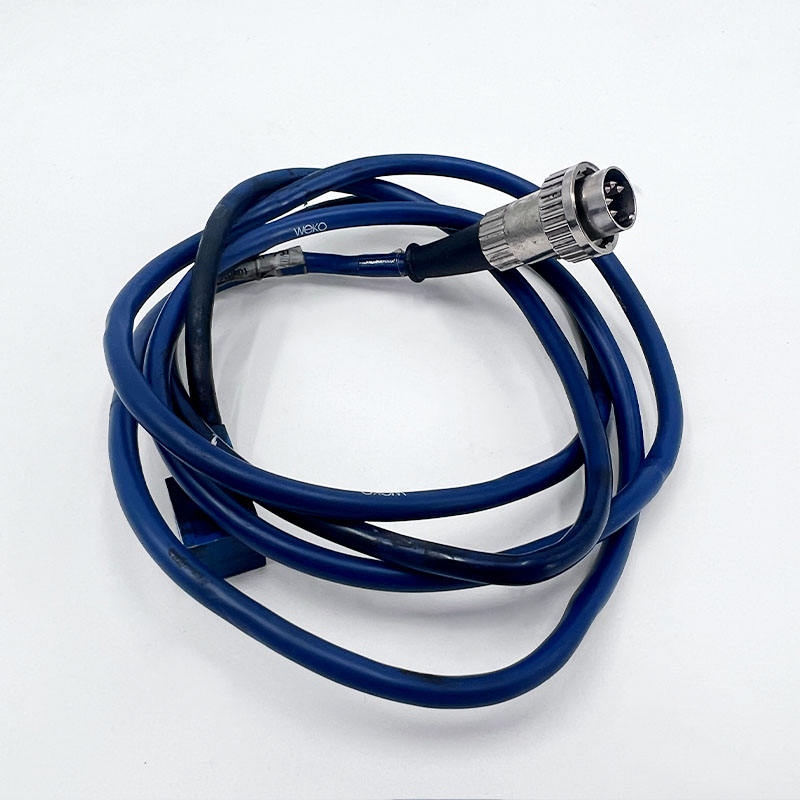Call us
+86-19818583496
+86-0577-68586867
Printing Machine Sensor Maintenance Trends in the Factory
In a modern print facility, the Printing Machine Sensor is a silent guardian of sheet feeds, registration, and machine health. From the viewpoint of the maintenance technician, it acts like a backstage crew member holding up the curtain for the final performance. Real-time monitoring allows early detection of misalignment, ink flow deviation, or sheet jams. Alerts from sensors let technicians act before a print run is interrupted. Early interventions can cut emergency maintenance calls by nearly a third.

Technicians often compare sensors to the unseen scaffolding behind a curtain—the printed image is what everyone sees, but the sensor maintains the stability that allows the visual effect to shine. Precision in sensors ensures that presses operate at consistent speed and accuracy, making every sheet a reliable part of the overall production.
Printing Machine Sensor Efficiency Improvements in Downtime and Changeover
From the technician’s perspective, Printing Machine Sensor upgrades produce measurable efficiency gains. Reliable sheet detection sensors reduce first‑good‑sheet time during job changeovers, cutting waste and improving throughput. For example, reducing first-good-sheet time from twelve minutes to eight minutes saves hundreds of sheets per day in a medium-capacity press.
When printing a patterned curtain-style background, proper sensor operation ensures seamless registration and consistent texture. Minor misalignments can disrupt the pattern, causing visual inconsistencies. By keeping sensors accurate, maintenance crews prevent misfeeds, false alarms, and production stoppages, reducing downtime and improving the overall flow of operations. Technicians report fewer unnecessary interventions and smoother shift transitions, making the workflow more predictable and less stressful.

Printing Machine Sensor Reliability Feedback from Technicians
Technicians often describe modern Printing Machine Sensor performance as a leap forward compared to legacy sensors. Advanced sensors operate longer without recalibration and withstand vibration, ink spillage, and temperature fluctuations. Maintenance teams notice extended service life and reduced drift in pressure or registration readings.
Compared to older sensors, upgraded models maintain accuracy longer, cut false alarms, and improve first-pass yield. Technicians see this impact directly in reduced waste, higher print quality, and fewer emergency stops.
Printing Machine Sensor Impact on Print Runs and Technician Workflow
Consider a print run producing packaging with a curtain-style drape pattern. Every repeat in the pattern must align perfectly across thousands of sheets. The Printing Machine Sensor ensures accurate registration, smooth sheet flow, and immediate detection of misfeeds.
From the technician’s perspective, each successful sheet is proof that the sensor is performing its role. Improved sensors reduce waste from around 8 % to 4 % and shorten turnaround times. They also reduce operator stress, as technicians spend less time recalibrating or investigating phantom jams.
Sensors provide a stable mechanical backdrop, allowing the printed curtain motif to appear seamless and visually consistent. They enhance efficiency and quality, while giving technicians the tools to maintain productivity without constant emergency intervention.
In conclusion, the Printing Machine Sensor is a cornerstone of factory maintenance operations from the technician’s perspective. It increases efficiency, reduces downtime, ensures visual consistency in curtain-style background prints, and simplifies workflow for maintenance crews. Reliable sensors create a stable foundation for production, allowing both machine and operator to perform optimally and achieve high-quality results consistently.
Contact Us